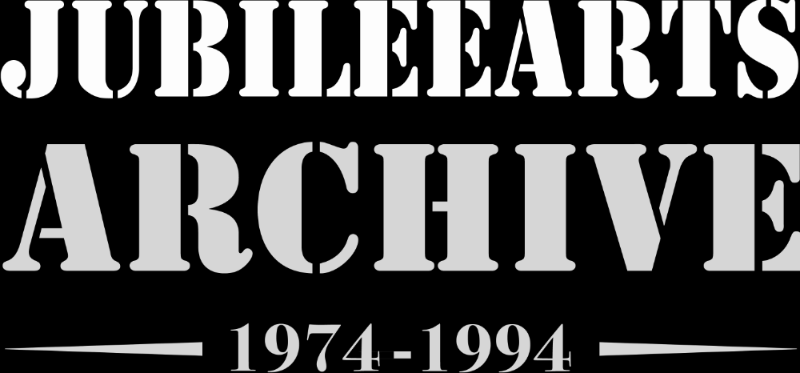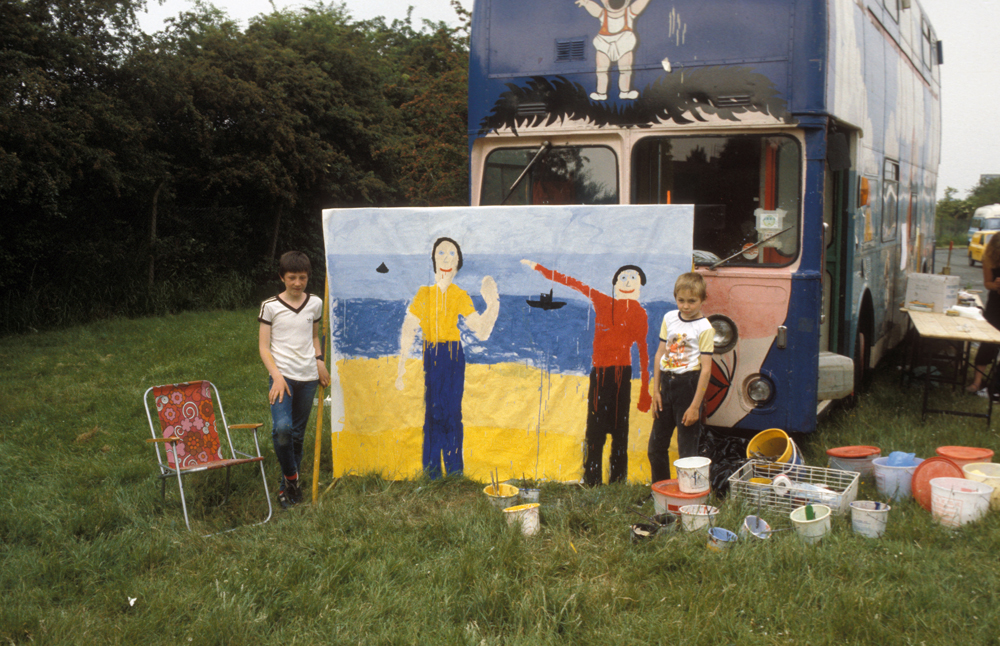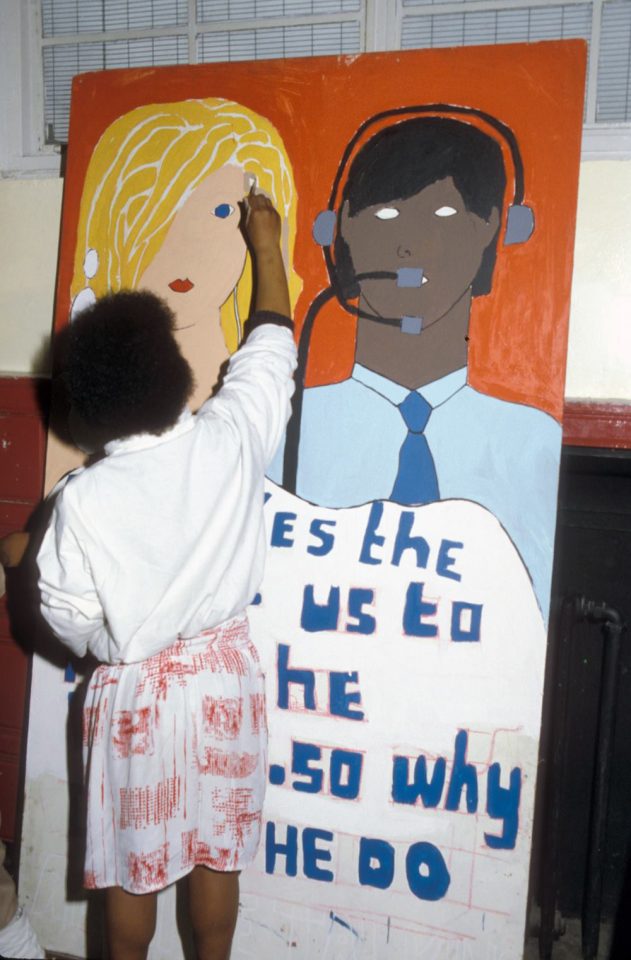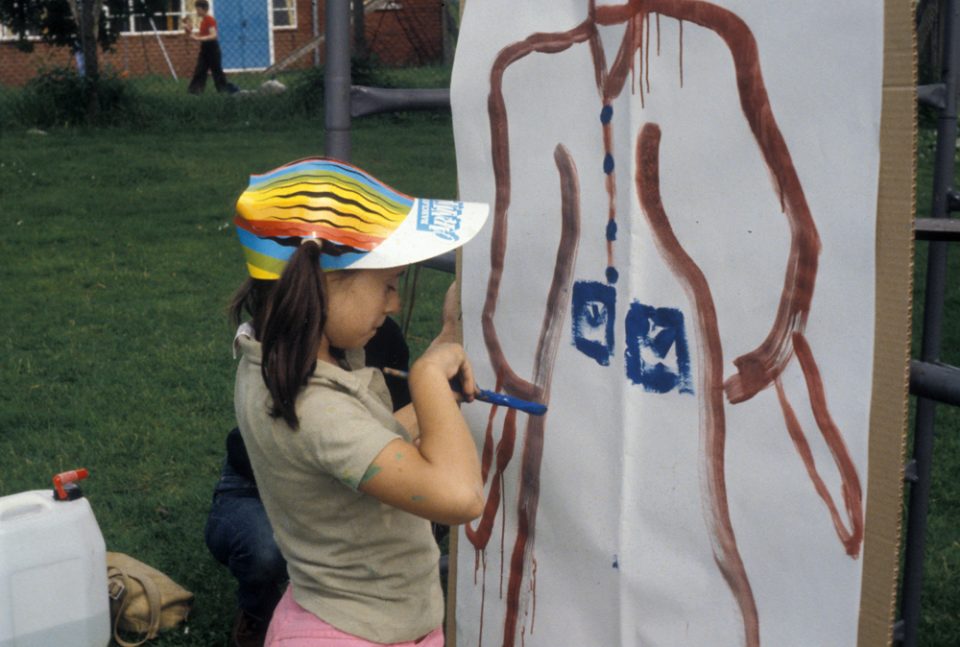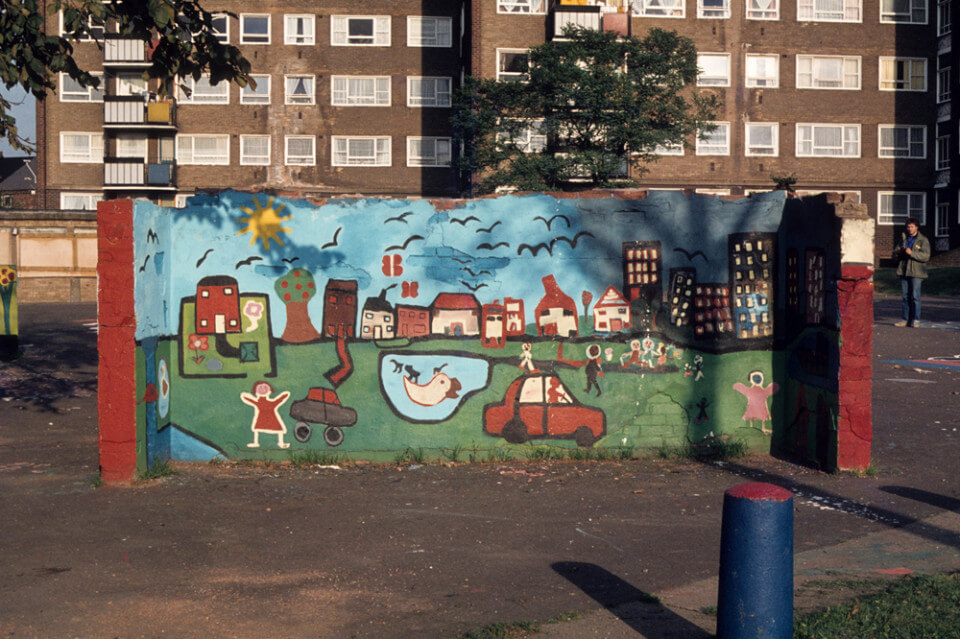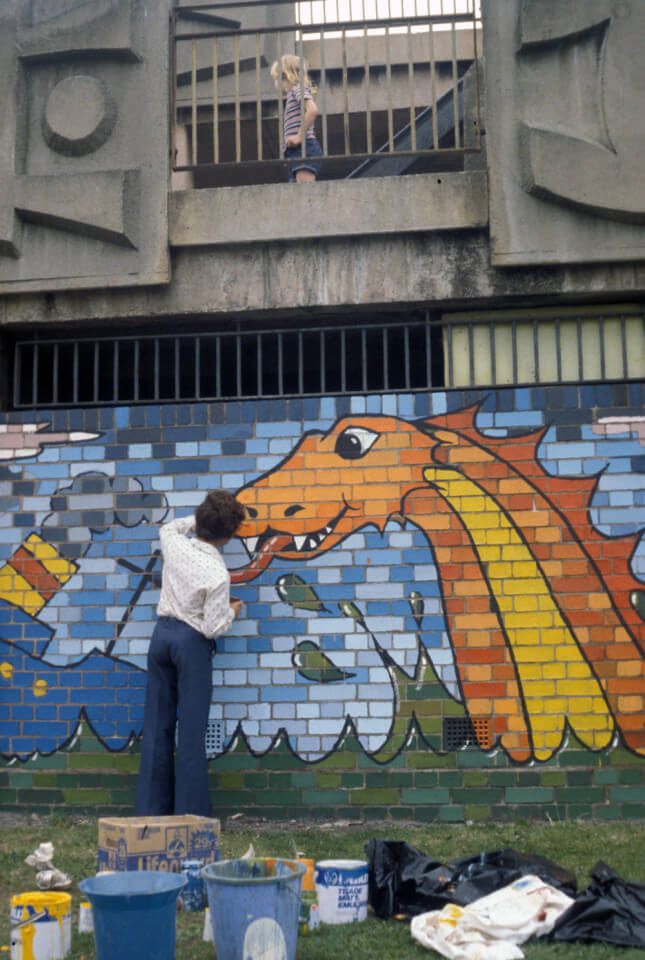Interviewed by the Saturday Evening Post in 1929, Albert Einstein said, ‘I’m enough of an artist to draw freely on my imagination. Imagination is more important than knowledge. Knowledge is limited. Imagination encircles the world.’
There were once many Schools of Art and Design in and around the Black Country, providing specialised training for industry, combining knowledge and imagination. Such as Bilston School of Art for Enamelling, Walsall for Leather; Wolverhampton had a School of Printing, and West Bromwich had the Ryland Memorial School of Art and Crafts, built in 1902.
Chris Welsh was 13 years old in 1955, when his mother took him to a meeting at Ryland in Lodge Road to discuss the creation of a West Bromwich Art Society. “I remember the date because one of the first outings of the Society was to Stratford to a performance of the controversial production by Peter Brooks of ‘Titus Andronicus’ with Laurence Olivier and Vivian Leigh. There were weekend visits to painting and drawing classes at other art and design schools, Lichfield, Sutton, Bourneville and Art Galleries too. Sadly many of these local Art Schools have closed or disappeared, their fine Arts and Crafts or Art Deco buildings destroyed.”
Imagination and experimentation was not entirely discouraged in the Black Country and offers a lineage for the community artists of later years. They were not working in entirely fallow ground. Chris recalls the influence of Dr. John Fletcher, born in Wednesbury, who having completed his Doctorate with Oxford University, was working for the Workers’ Educational Association: “There was a small group of us students and friends who would congregate in the Old Leathern Bottle pub in Wednesbury, all with left wing tendencies and aspirations. It was there that the project ‘Pictures in Pubs’ was conceived. The aim, which today would I’m sure would be considered quite patronising, was to explain the development of modern painting in stages, beginning with Impressionism, through to Abstract Painting. In pubs. I, as an art student, was recruited to find some low priced but adequate reproductions of paintings to purchase and simply frame. In two week blocks the sets of half a dozen pieces from each genre were circulated on the walls of three pubs we chose, and John and I would be there a couple of times a week to discuss the work with the unsuspecting customers. The project was relatively successful and was covered not only by the local and regional newspapers and television but actually reached the National Press. The Observer newspaper contacted John and duly sent a photographer to cover the story. A pleasant young guy arrived and spent an evening taking photographs, some of which were duly published the following Sunday. As he left he’d asked whether we could contact his editor for copies, which would have given him studio time for his own work. Sadly we didn’t make the call and consequently never got any prints for ourselves. The photographer was the then unknown Philip Jones Griffiths, later to become one of the most influential photographers of the century.”
Pictures in Pubs. Paintings on a Bus. He would no doubt have approved.
Dr John Fletcher (1934-1996) went on to be a founder of the Black Country Society, established in 1967 by him and John Brimble (1940-2006) at the Noah’s Ark public house, Tipton.
